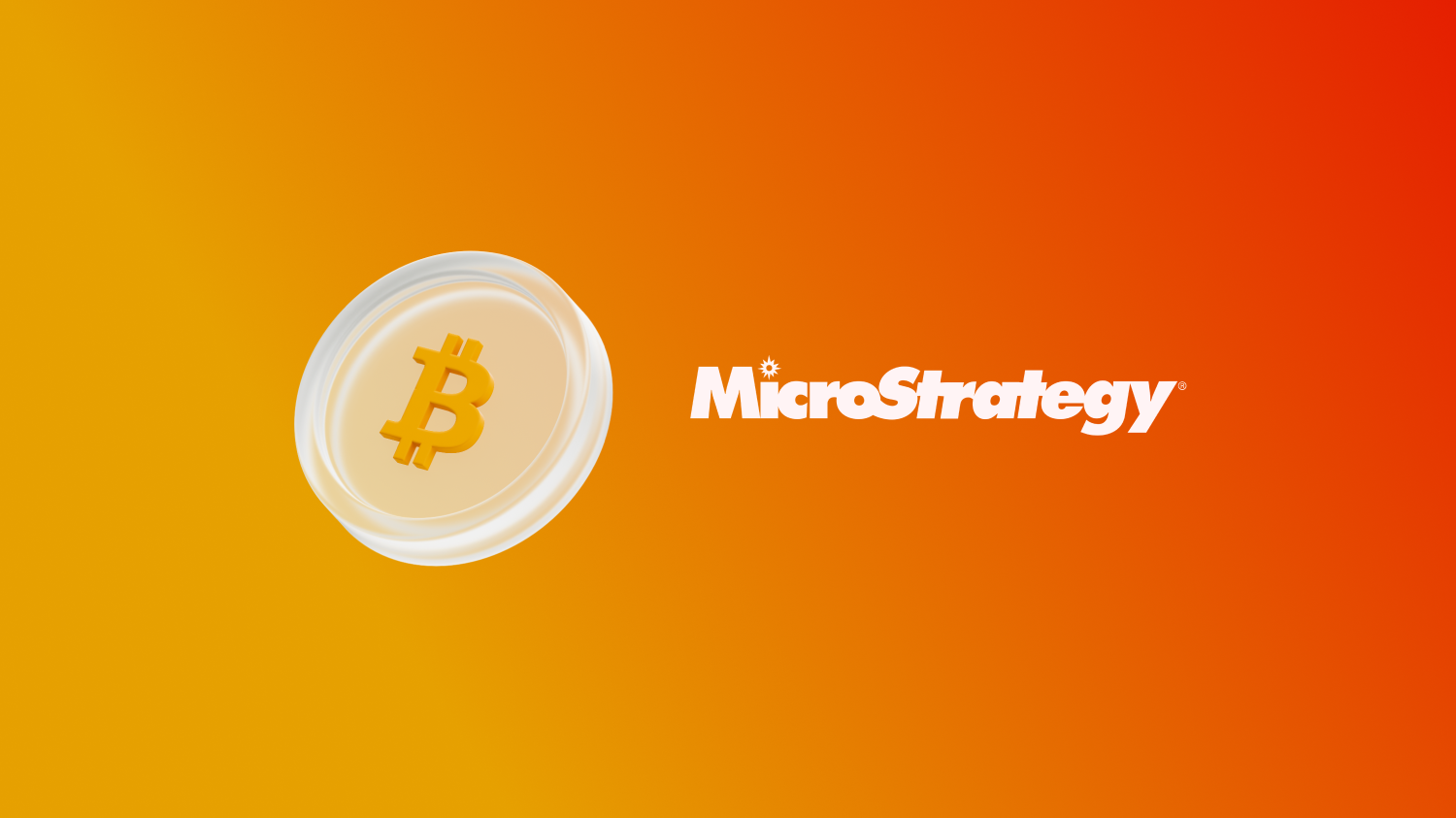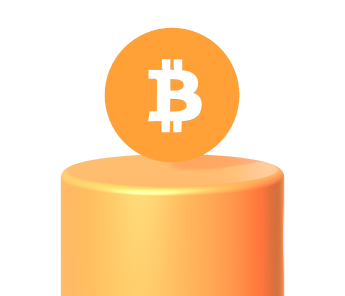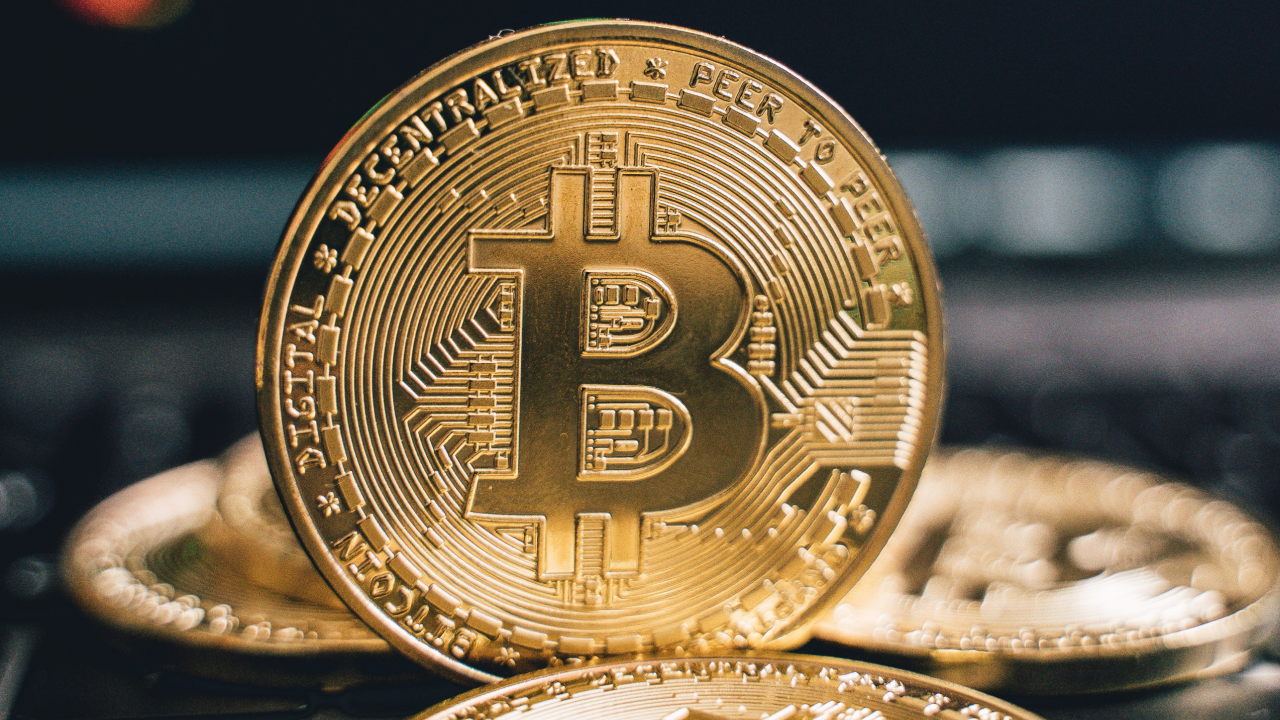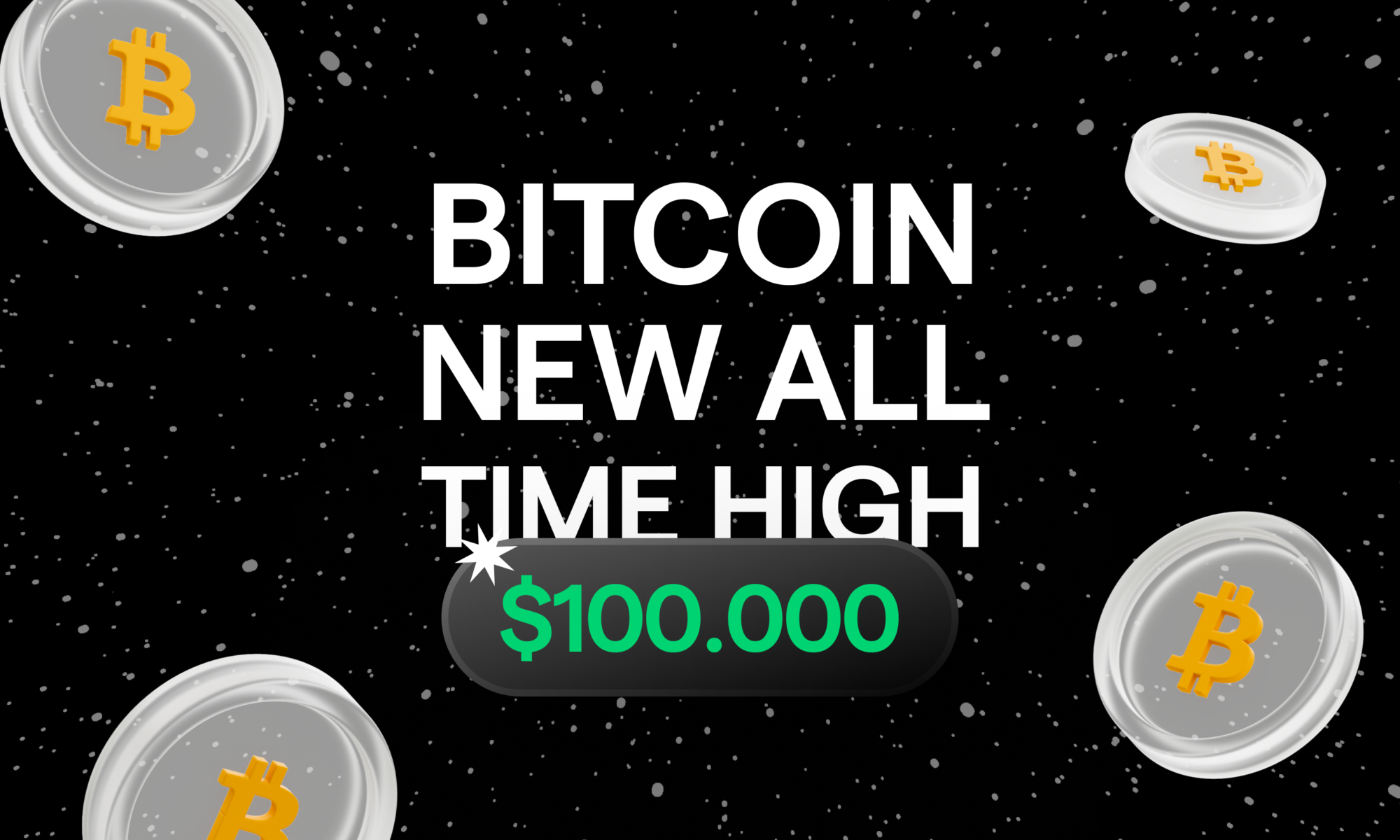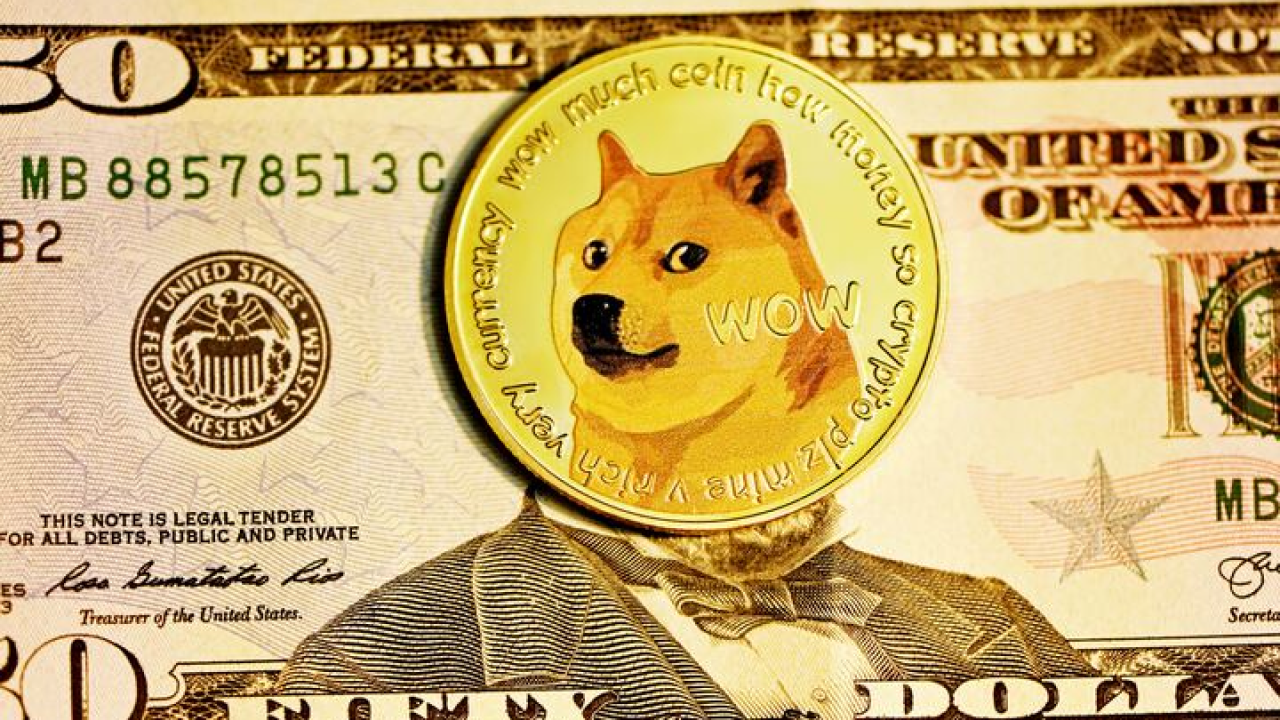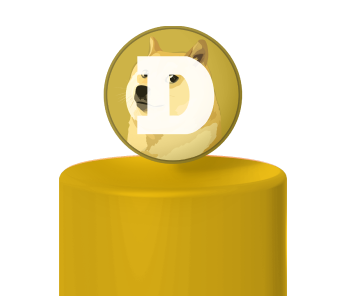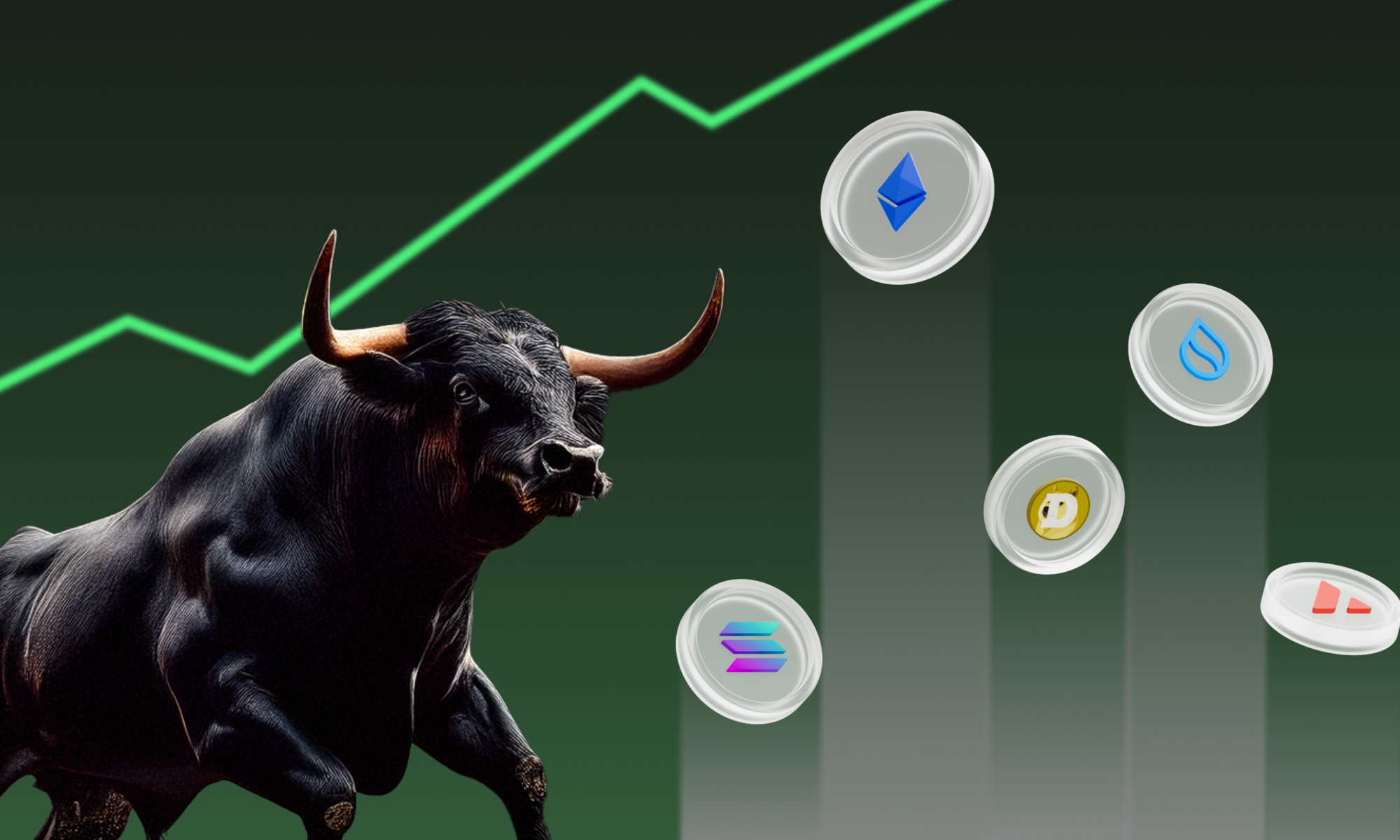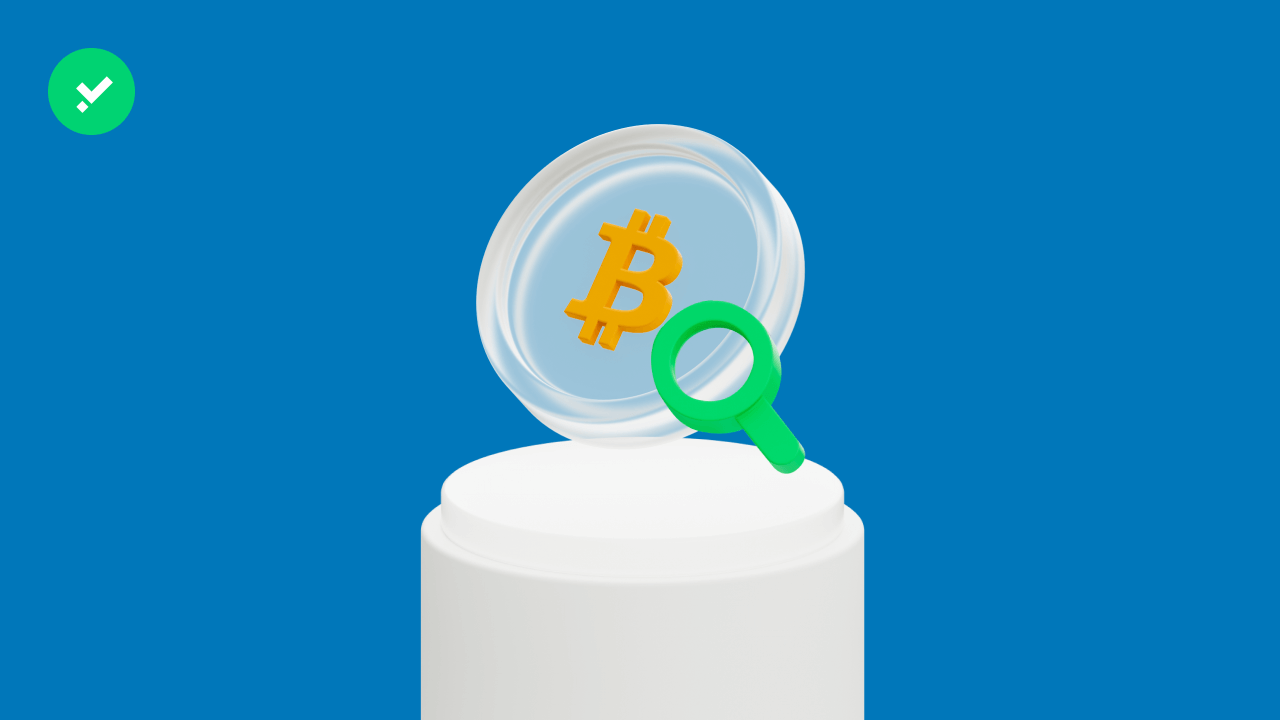As of recent months, gold has touched remarkable highs, hovering around $2,800 per ounce and boasting annual growth of approximately 30%. Key factors driving this surge include inflation pressures, a weakening US dollar, and heightened geopolitical tensions. With gold now in “price discovery” mode, 2025 predictions are under intense scrutiny.
Can gold sustain its rise after Trump’s 2024 election victory?
The upcoming year holds further potential for gold, particularly in light of the complex geopolitical landscape and Trump’s recent election victory. Will this political shift push gold prices to new peaks, or might the market face unexpected downturns? Here’s an expert-backed look into 2025’s gold price forecast, including the potential factors influencing this precious metal.
Expert predictions for Gold price in 2025
Analysts from top financial institutions remain optimistic about gold’s trajectory for 2025. Here are some key predictions:
- JP Morgan has noted that a Trump administration could benefit gold prices due to heightened market volatility and the potential for currency weakness. This “debasement trade,” where investors seek safe-haven assets, supports the idea that gold could thrive as fiat currencies face mounting challenges.
- Goldman Sachs forecasts a possible price high of $3,000 per ounce if current geopolitical and economic trends persist. According to their analysis, Trump’s election and potential shifts in monetary policy could further favour the precious metal.
- Wisdomtree, a prominent investment fund, expects gold prices to reach around $2,750 by Q1 2025. This is supported by ongoing global conflicts and uncertain economic conditions that continue to fuel demand for safe-haven assets like gold.
- Citi Group has similarly set a $2,900 target for early 2025, citing similar factors such as inflation concerns, monetary policy, and geopolitical tensions.
- Bank of America (BoA) also offers a robust forecast, suggesting prices may surpass the $3,000 mark in 2025, mainly if the dollar shows signs of weakening amid heightened global risks.
Key Drivers for Gold’s Potential Surge
As experts analyse 2025’s outlook for gold, a few primary drivers emerge:
- Dovish Federal Reserve policy
The US Federal Reserve’s recent interest rate cuts have made government bonds less attractive, drawing investors toward gold as a secure alternative. If this dovish stance continues, it could bolster the gold market. - Potential US dollar crisis
Historically, a weaker dollar supports higher gold prices. Many experts anticipate that the dollar’s recent volatility may persist, further benefitting gold as a stable store of value. However, gold could see some downward pressure if Trump’s policies strengthen the dollar. - Geopolitical uncertainty
The ongoing Russia-Ukraine conflict and instability in the Middle East show few signs of resolution. Trump’s upcoming administration may impact these conflicts, making gold a risk-averse investment. - Inflation and global economic health
Rising inflation rates remain a pressing concern, with gold serving as a traditional hedge against inflation. As central banks grapple with inflationary pressures, gold may continue to attract investors seeking stability amid economic volatility.
Gold Investment Options for 2025
For investors looking to capitalise on gold’s projected growth in 2025, there are multiple accessible avenues:
- Physical Gold
Investing in physical gold, such as coins or bullion, remains a popular choice for traditionalists seeking tangible assets. - Gold ETFs and Funds
Exchange-traded funds (ETFs) offer a convenient way to gain exposure to gold without storing physical assets. - Gold-Backed cryptocurrencies (Pax Gold)
For those looking for a modern twist, Pax Gold (PAXG) is a digital asset backed by physical gold. This stablecoin allows investors to hold gold in a more liquid and divisible form, reflecting the current value of gold and making it an accessible option for both large and small investors.
Conclusion: what lies ahead for Gold prices in 2025?
Overall, 2025 is anticipated to be a pivotal year for gold, driven by economic, political, and financial factors that could propel it to record highs. With forecasts suggesting gold prices may break the $3,000 threshold, this precious metal remains an attractive option for investors seeking a safe-haven asset amidst an unpredictable global landscape.
Whether you’re looking to invest directly in physical gold, explore gold-backed digital assets, or follow gold market trends, staying informed about expert forecasts can guide your investment choices.







